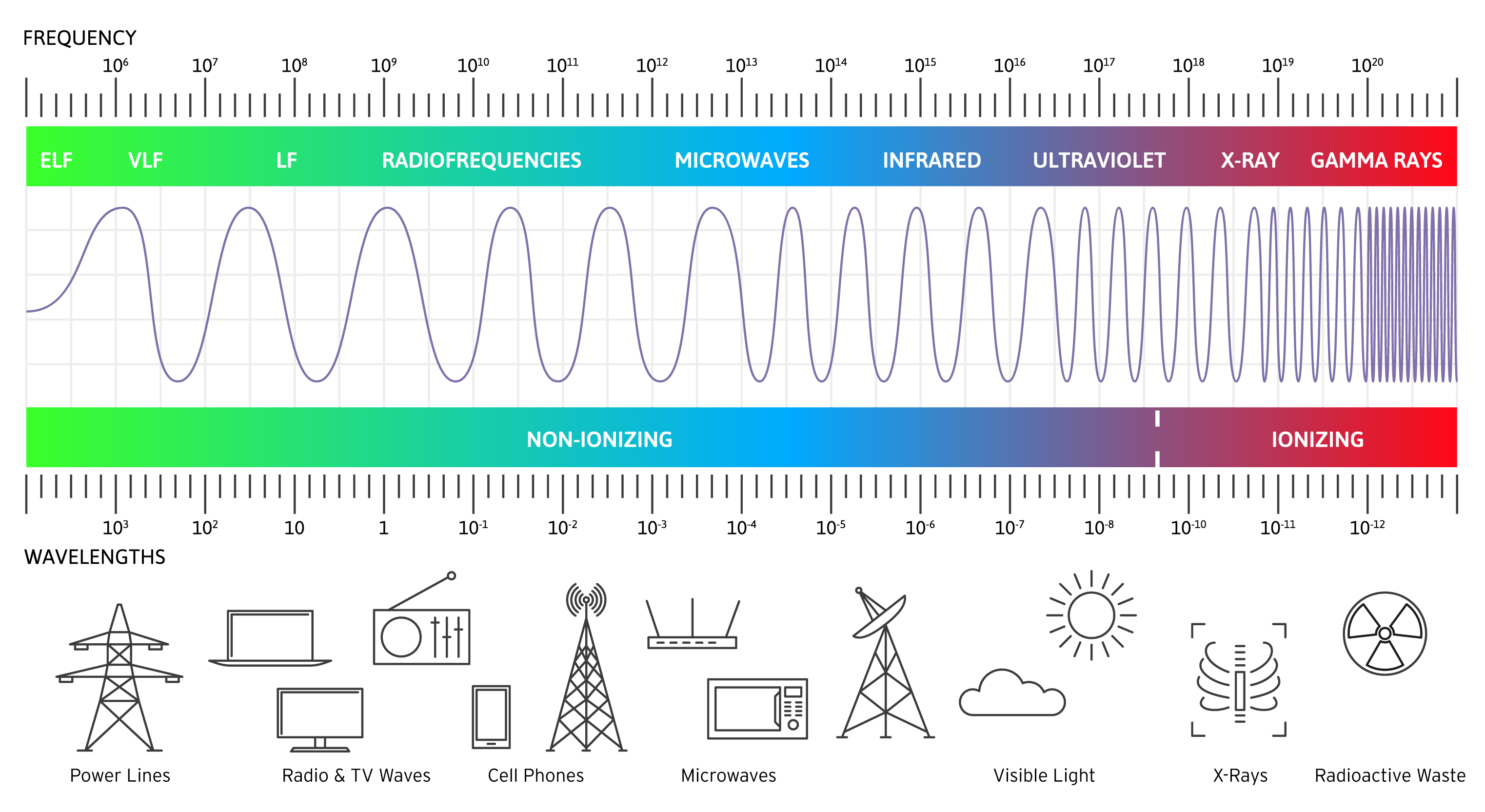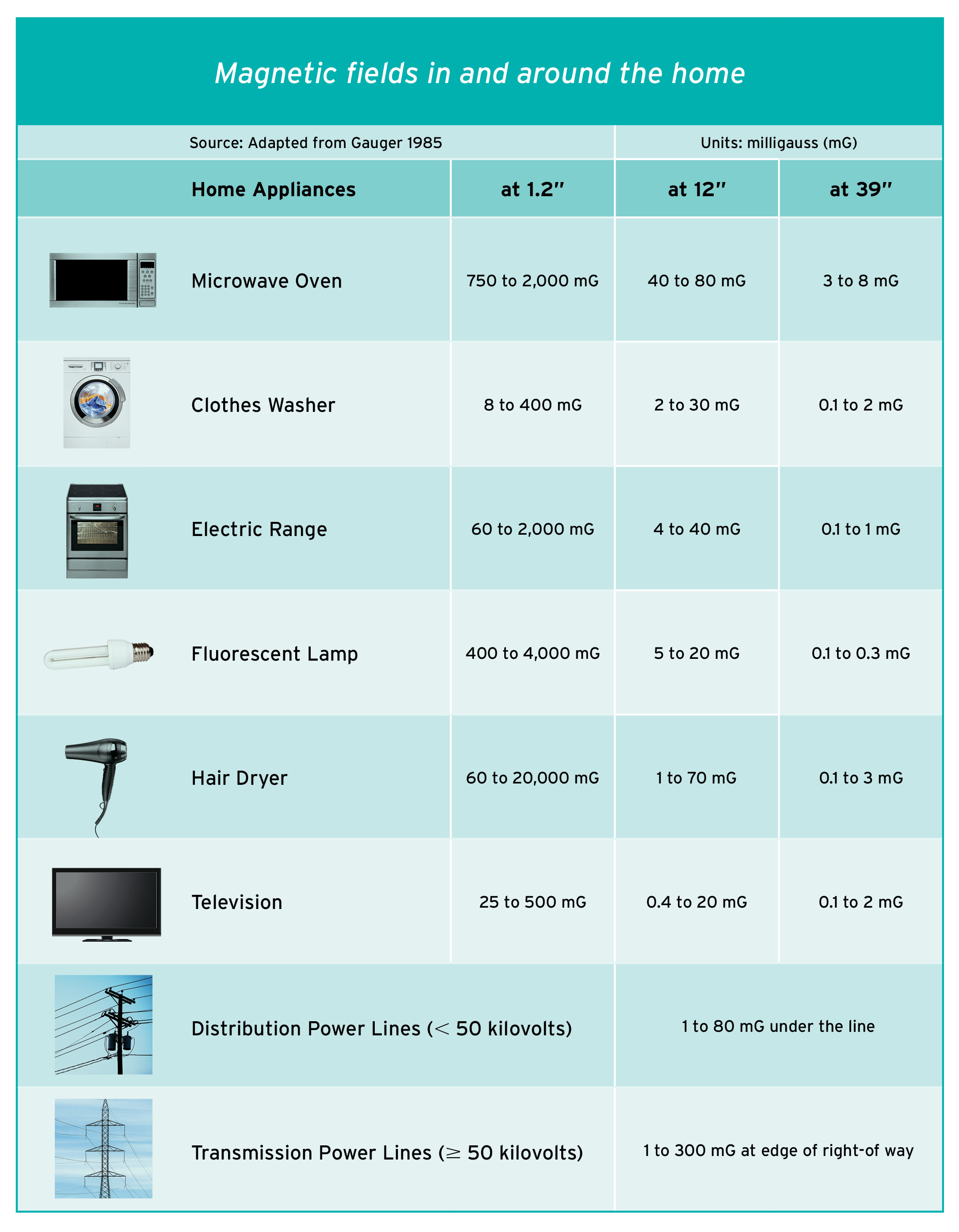More Information
Call SDG&E at 1-800-411-7343 to request a free information packet, home or business measurements or summaries of the reports listed in this brochure. You may also make an online request.
EMF Brochure - English
EMF Brochure - Spanish
EMF Billing Insert
World Health Organization International EMF Project: Visit who.int/health-topics/electromagnetic-fields for EMF information, including fact sheets, research completed and scientific journal articles.
National Institute of Environmental Health Sciences: Visit niehs.nih.gov/health and click on Brochures & Fact Sheets, then select the Electric and Magnetic Fields booklet in English or the Campos Eléctricos y Magnéticos booklet in Spanish.
EPRI: EPRI is an independent non-profit energy research, development, and deployment organization that maintains a global research presence with trusted experts who collaborate with more than 450 companies in 45 countries, driving innovation to ensure the public has clean, safe, reliable, affordable, and equitable access to electricity across the globe.
California Public Utilities Commission
National Cancer Institute










